Working-from-home (WFH), for at least a few days per week, is now a permanent part of employment culture. Commercial office design practices have had to adapt to changing needs quite rapidly. Many businesses used to find success with variations of cubicle-based or open-office layouts as tried-and-true foundations for office design. Today, hybrid office design is popular, but the industry is still trying to figure out exactly what that means.
With many employees alternating between working in-office and WFH, offices no longer need a permanent workstation for every employee. If they did have workstations for everyone, there would be a lot of empty desks and wasted space! The modern office is now built for the needs of the hybrid workforce, but, so far, that means different things to different businesses. One common thread is that companies are looking for ways to optimize office space to do more with less. More than ever before, doing more with less is a goal that office design shares with urban planning. What can office designers learn from urban planners? This article explores that question. Read on to see how urban planning strategies can be applied to modern office design.
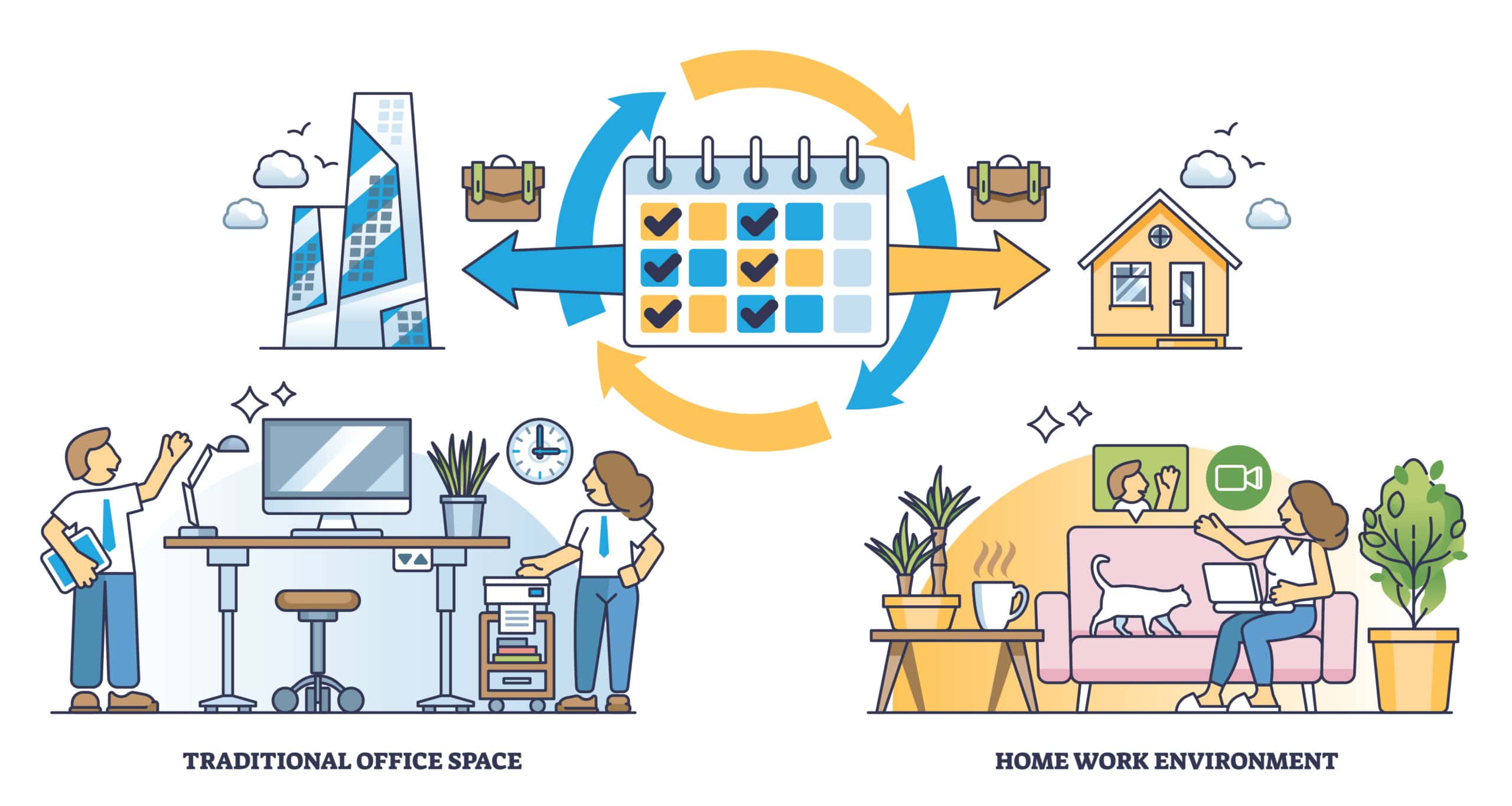
What Is Urban Planning?
According to ScienceDirect, urban planning is the process of guiding and directing the use and development of land, urban environment, urban infrastructure, and related ecosystems and human services—in ways that ensure the maximum level of economic development, high quality of life, wise management of natural resources, and efficient operation of infrastructures.
Adapted by JCI for the office design setting, that definition translates to the process of guiding and directing the use of office space, office furniture, building infrastructure, and the surrounding ecosystem—in ways that ensure the maximum levels of employee productivity, satisfaction, and retention and that encourage collaboration and socialization as well as efficient progress toward meeting business goals.
What this connection between urban planning and office design boils down to is that offices must be designed more thoughtfully. In addition to squeezing into the space available as many workstations as possible, office designers now must consider how to make an office a desirable place to go: the office as a destination. For the hybrid office to be successful, it should pull workers in so that they can better collaborate with colleagues. The approach for designing great cities can be applied to the design of office space to ensure that the space is efficient, engaging, and highly functional.
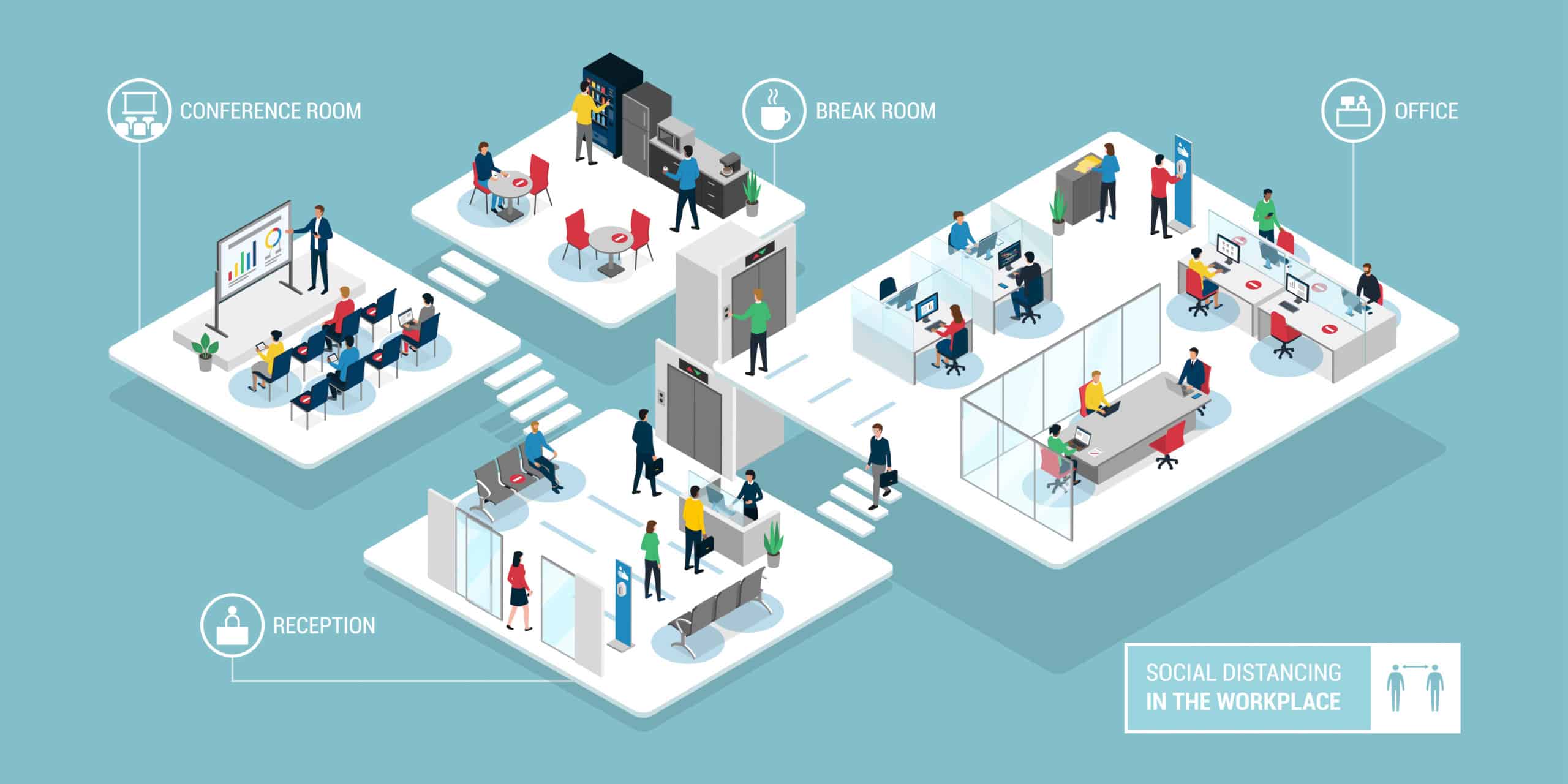
Next: 5 urban planning concepts that can be applied to modern office design.
1. Zoning and Mixed-Use Spaces:
Concept: Cities have designated areas for homes, businesses, and parks. Translate this concept to offices where there might be sections with quiet zones for focused work (residential), collaborative areas for brainstorming (commercial), and lounge areas for socializing (parks).
Implementation: Use partitions, furniture, and décor to differentiate zones visually. Open areas with whiteboards and comfy seating become collaboration hubs, while designated quiet zones with individual desks may have noise-cancelling features. Like a public park, make social spaces, like lounges or cafeterias, desirable office hubs where people want to hang out.
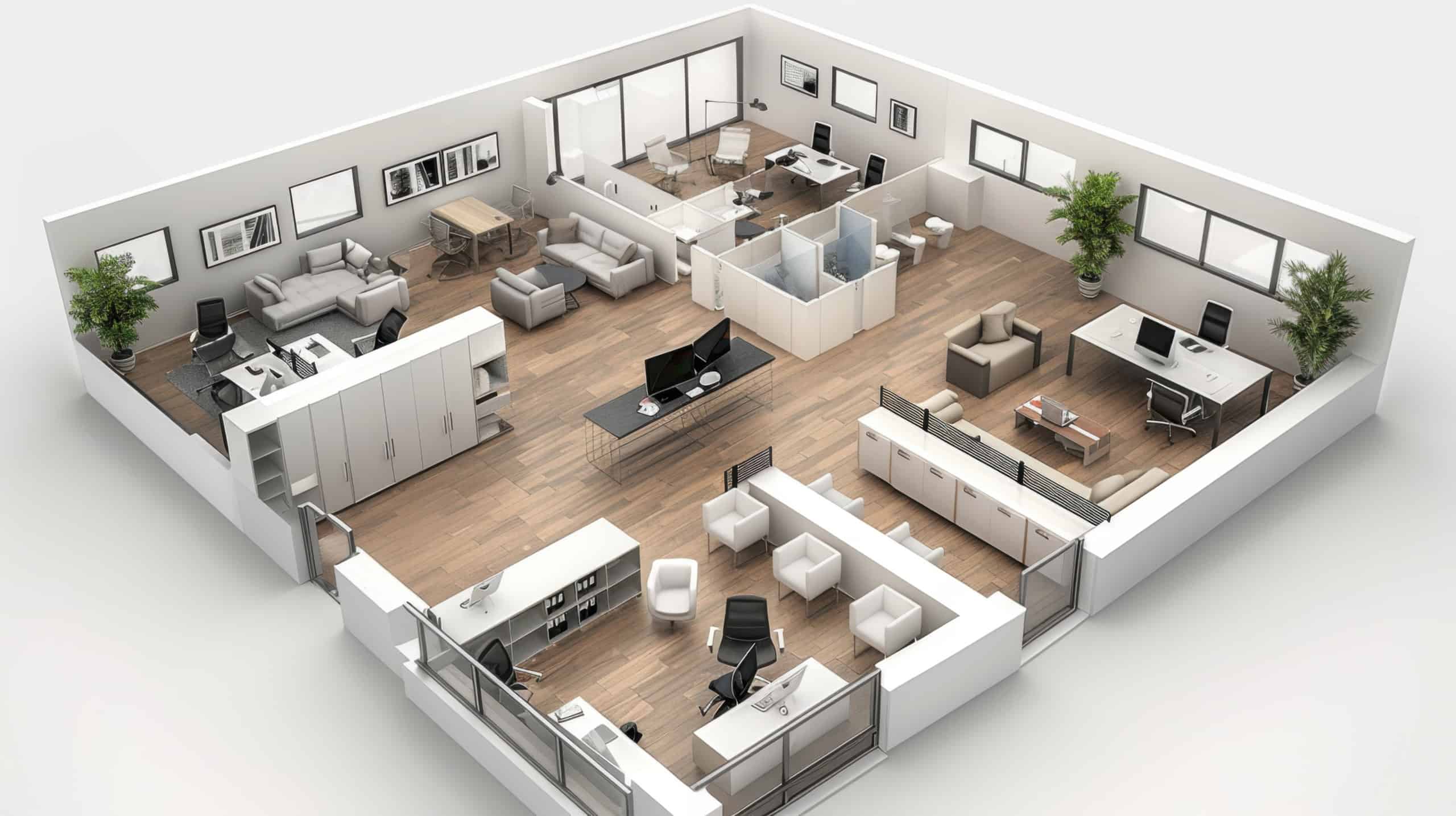
2. Promote Social Interaction and Collaboration
Concept: The most popular parts of urban settings are the social areas – town squares, public gardens, popular bars and restaurants, venues for events, and so on. The modern office of 2024 must be a destination that attracts employees and makes them want to come in. It needs social hubs that are comfortable, inviting, and where employees want to hang out. Both cities and businesses run more smoothly when people are united and collaborative.
Implementation: For socialization, take care with the design of cafeteria or lounge areas. Make those places comfortable, approachable, and inclusive. Add desirable amenities like quality food or free drinks. Instead of traditional tables and chairs, consider resimercial furniture that makes a space feel more like a family room at home, an inviting place to spend time.
Collaboration is essentially socialization, but with a shifted focus on productivity over pleasure. Make collaborative areas accessible, inviting, and a mix of larger and smaller spaces to suit the different group sizes that need to collaborate.

3. Accessibility and Infrastructure:
Concept: Just as cities need solid infrastructure for easy movement, offices benefit from well-planned layouts and direct access to resources. The office layout should be intuitive and follow basic rules that make the place feel familiar and simple to navigate.
Implementation: Ensure that there are clear pathways throughout the office. Place printers, scanners, kitchens/lounge spaces, collaboration spaces, and other shared resources in central locations. Make it easy to find each “neighborhood” so that employees can get to the general area they are looking for quickly.
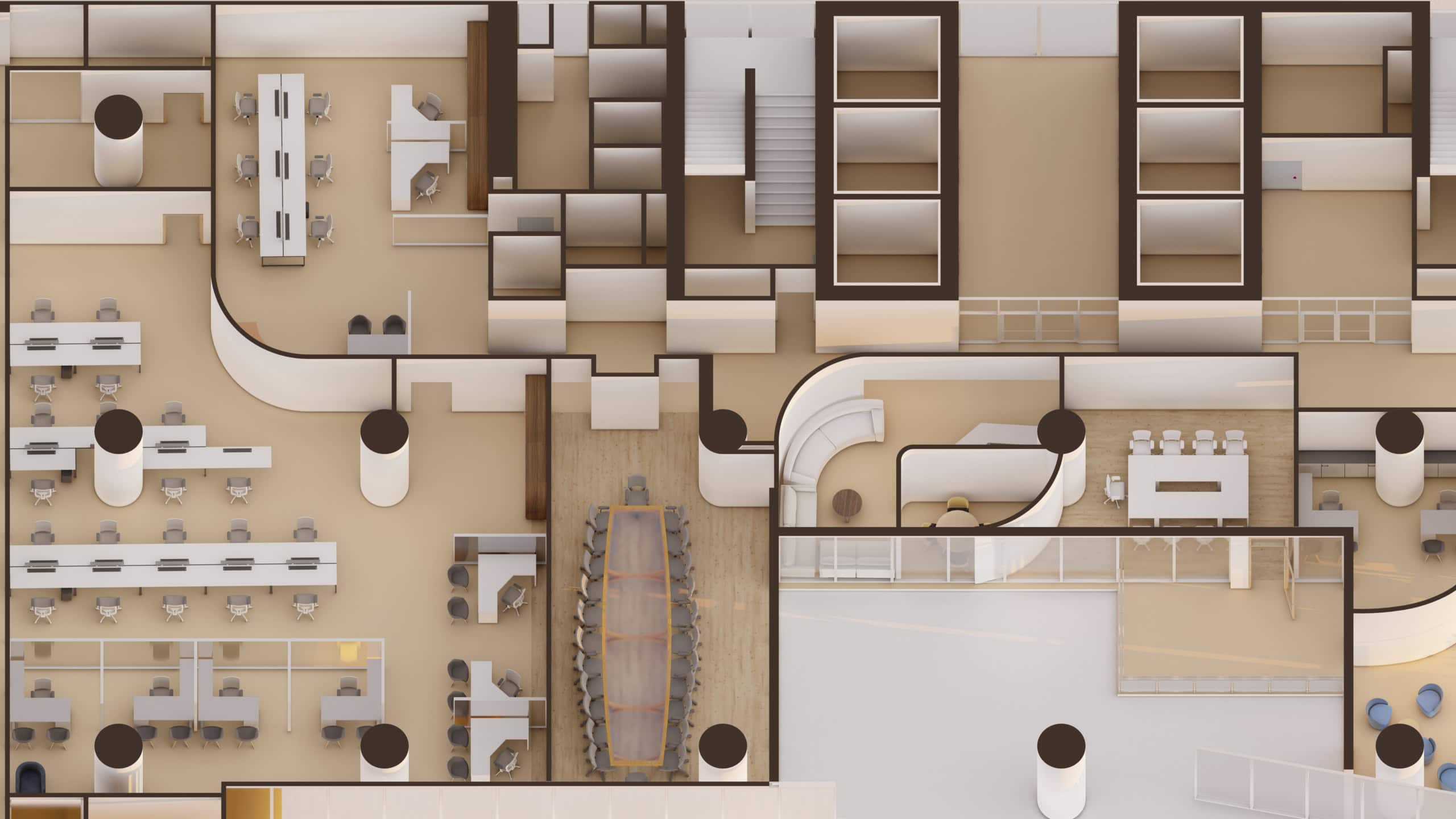
4. Flexibility and Adaptability
Concept: Modular and scalable design is used in urban planning to ensure that a city’s infrastructure can expand and adapt to growing populations. Office design uses modular workstations and furniture similarly. The hybrid remote model of the office is still evolving. Businesses would be wise to plan for change and flexibility; they should be agile enough to meet rapidly changing needs of the future.
Implementation: We are in the trial-and-error phase of hybrid office design right now! Each business has unique needs in terms of office space, and there isn’t always a lot of data or research available on which to base furniture and design decisions. For example, how much space should be reserved for individual workstations vs. collaborative areas? Using modular workstations and office furniture components, a business can quickly change a few workstations into a new collaborative area. What about private space for phone calls vs. collaborative huddle rooms? Consider privacy pods/phone booths that can be used to meet both needs.
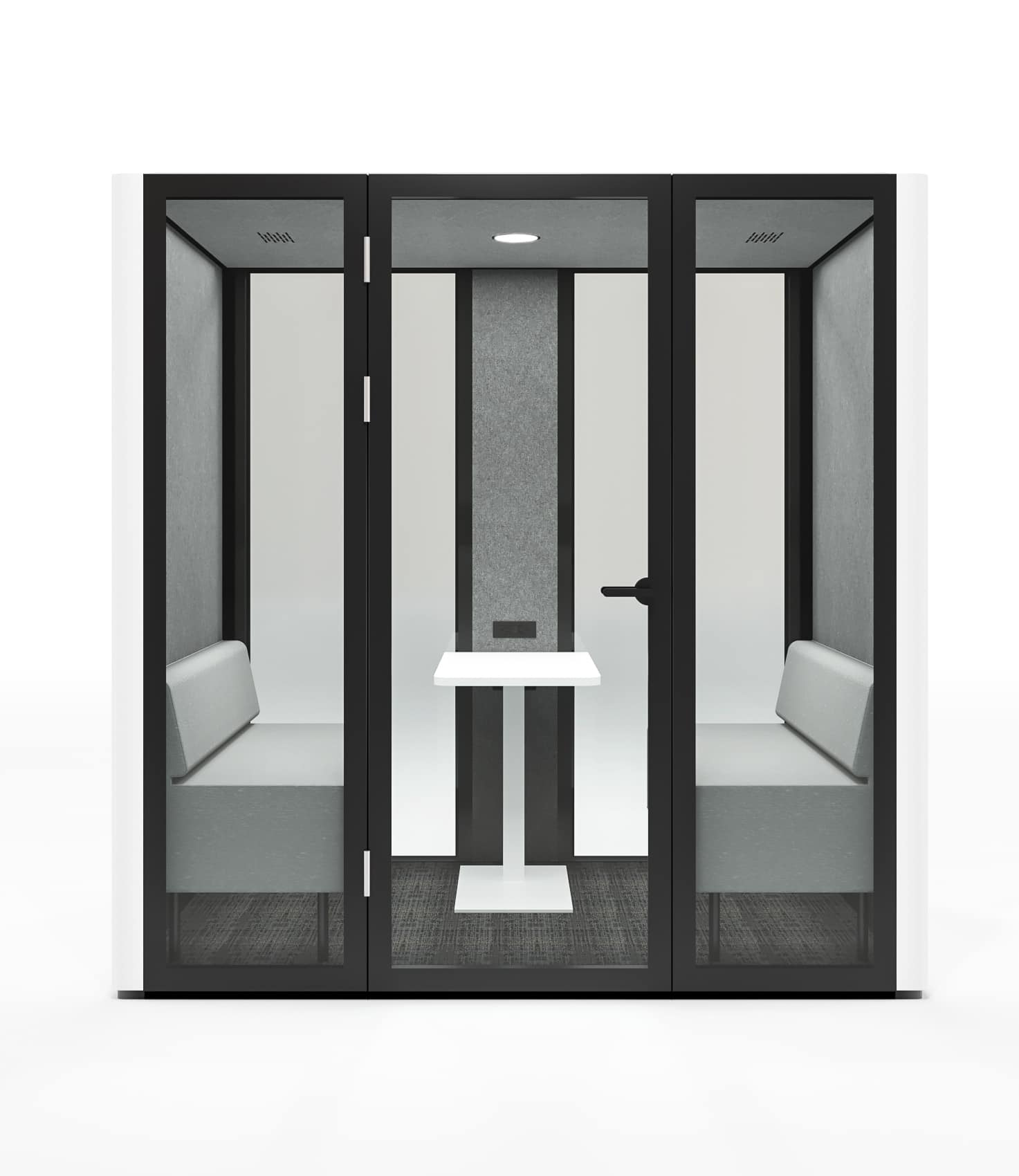
5. A Sense of Place and Identity:
Concept: Great cities have a unique character. An office should, too! Design reflects company culture and fosters a sense of belonging.
Implementation: Use artwork, color schemes, and furniture that reflects brand identity. Incorporate biophilic design with plants and natural textures to create a calming and inspiring environment.
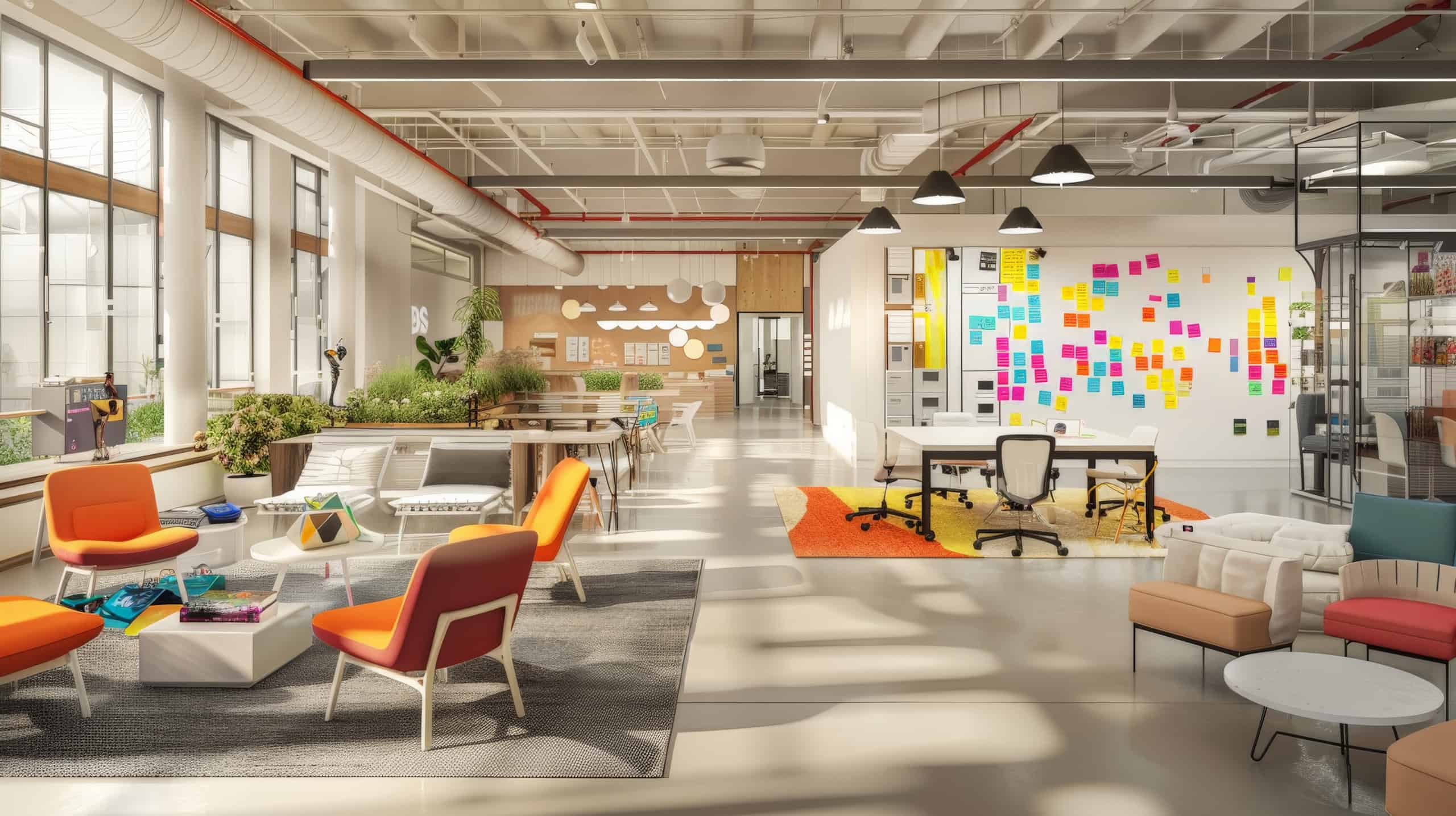
By applying these urban planning concepts to office design, you can create an office that is not just a place to work, but is a thriving, dynamic mini-city that fosters collaboration, creativity, and employee well-being. Contact the JCI design team [make this linkable] for help optimizing your space. Do more with less, remain flexible, and find success as the modern, hybrid office continues to evolve.



A really interesting article. I think that nowadays colleagues meet and discuss their tasks in sometimes non-obvious spaces, and office designs should support these meetings. A very interesting analogy. I illustrate it well and it helps to imagine and understand. For me, the concept of the room layout is definitely something to think about. How to make one result from the other.